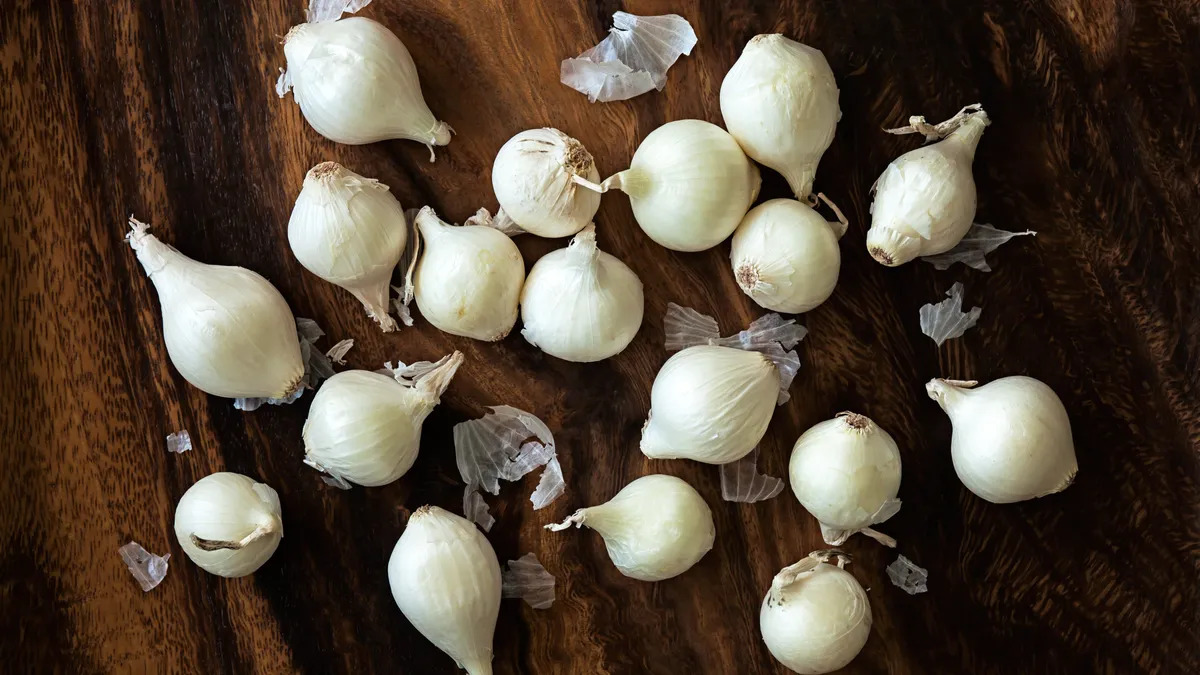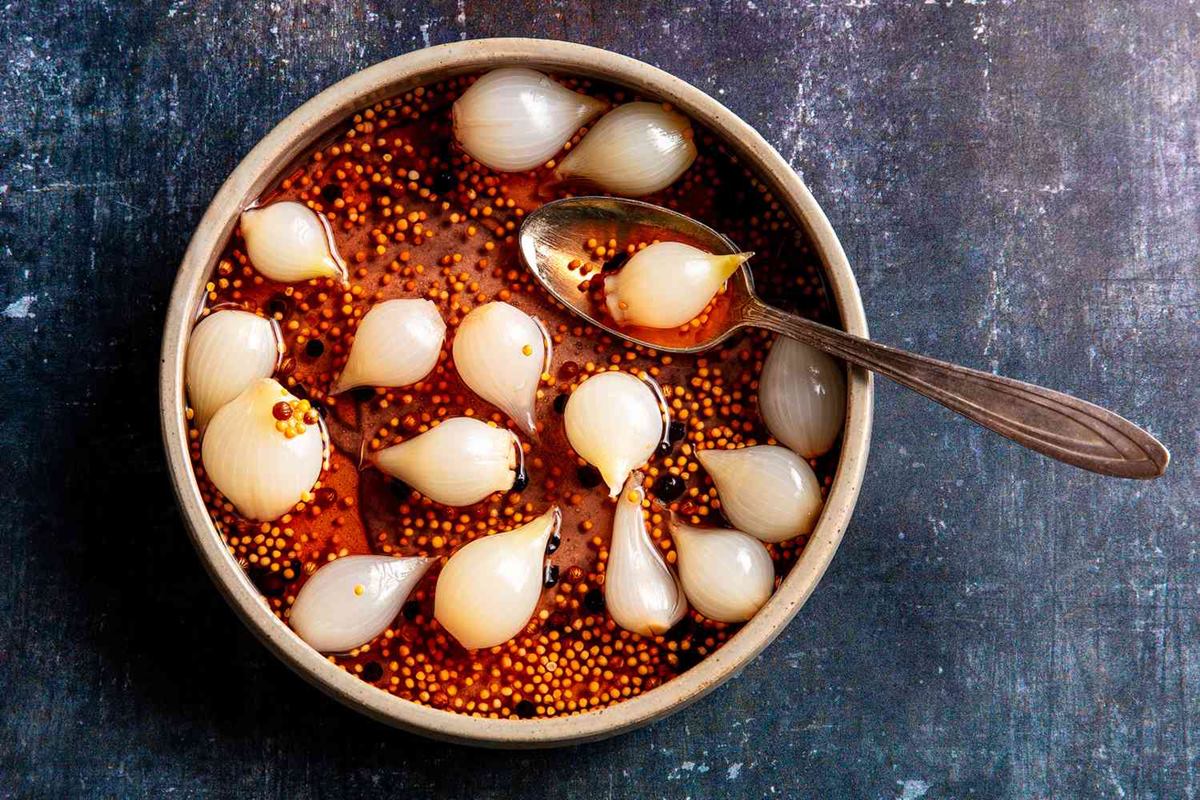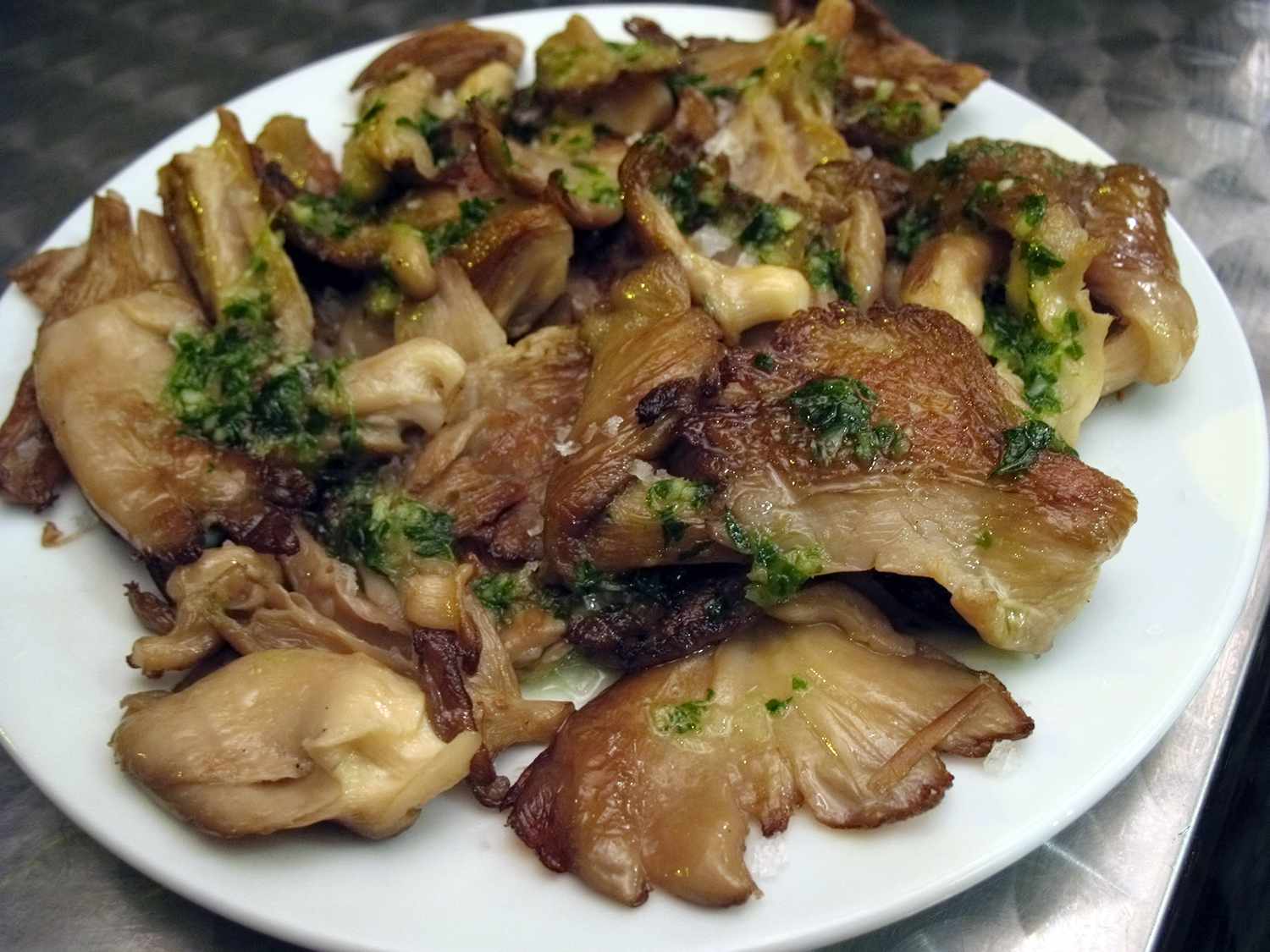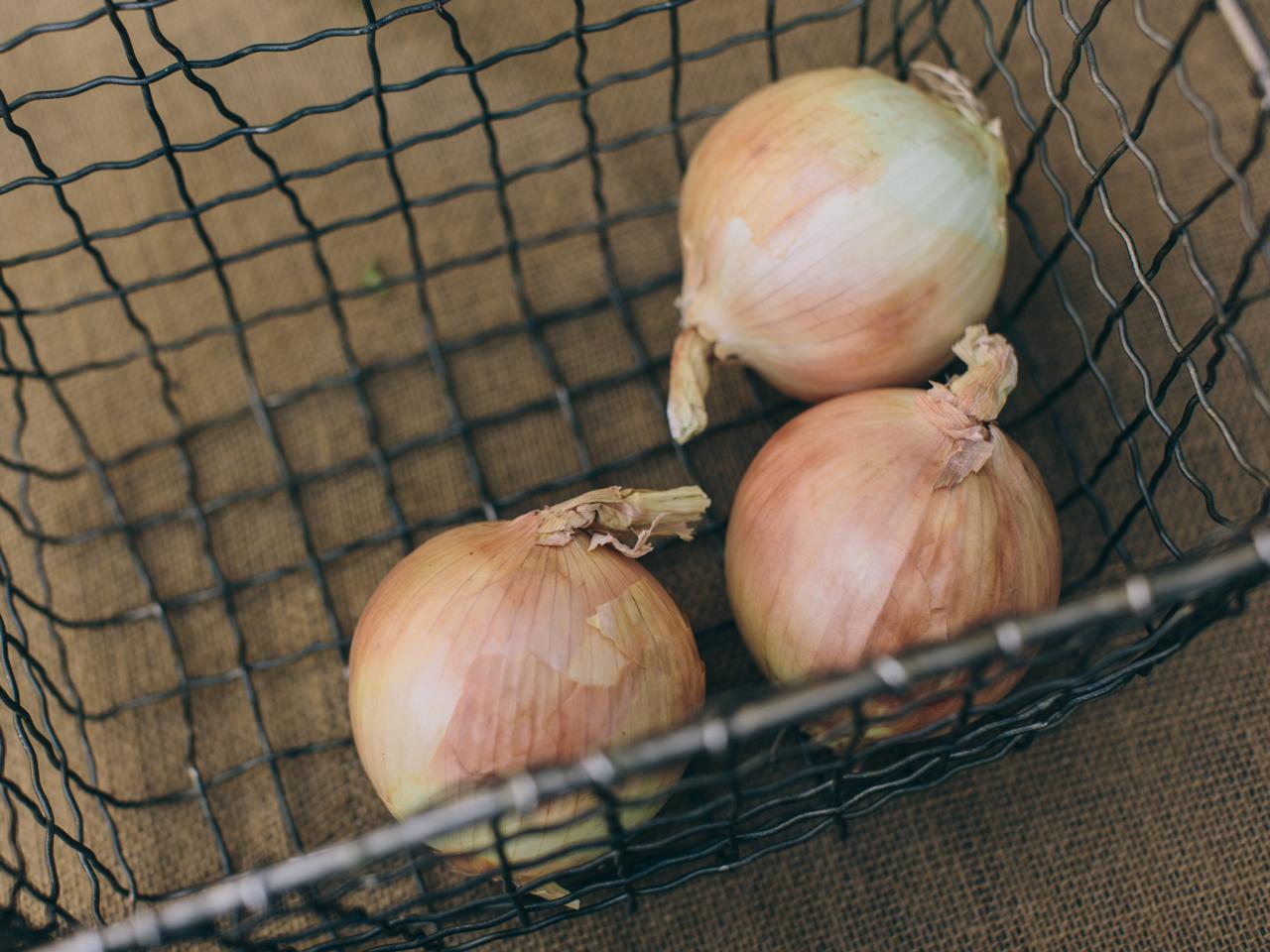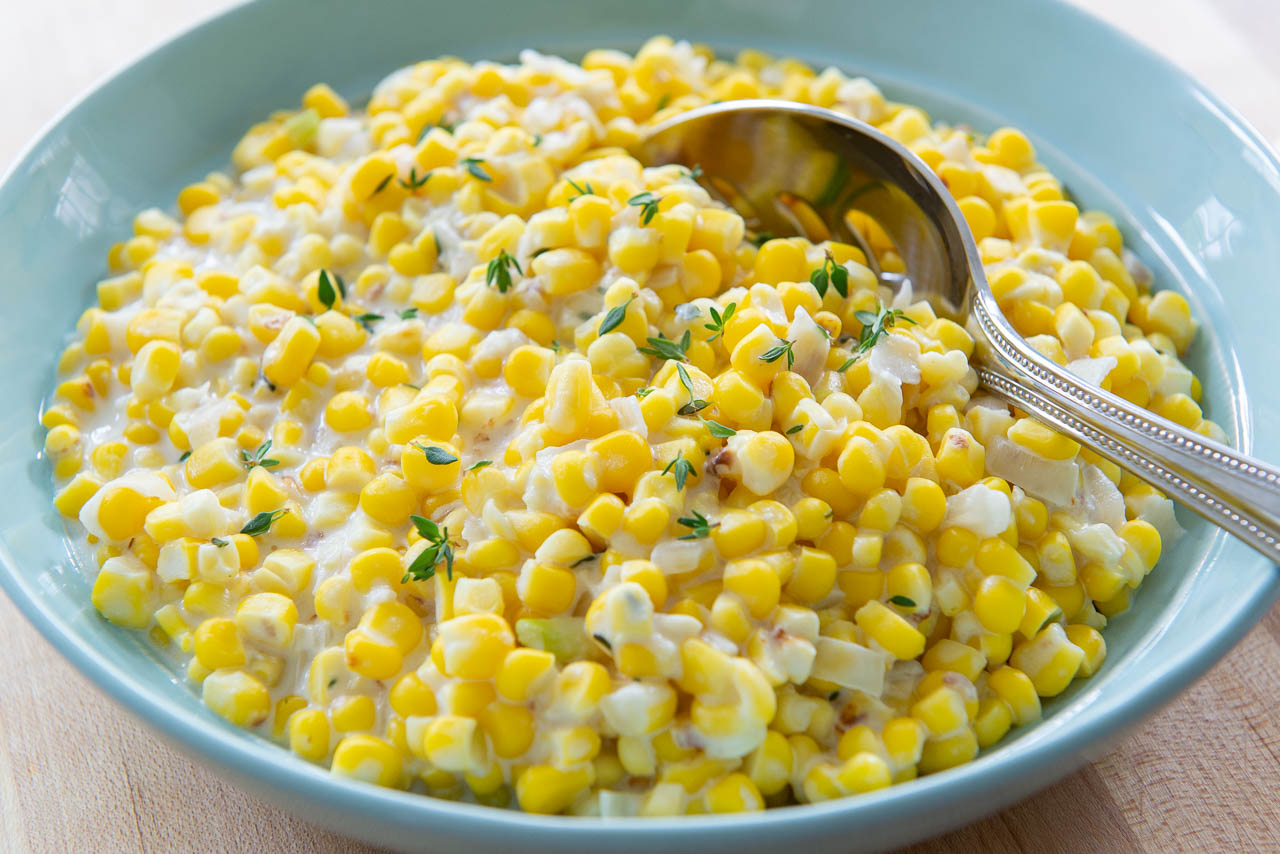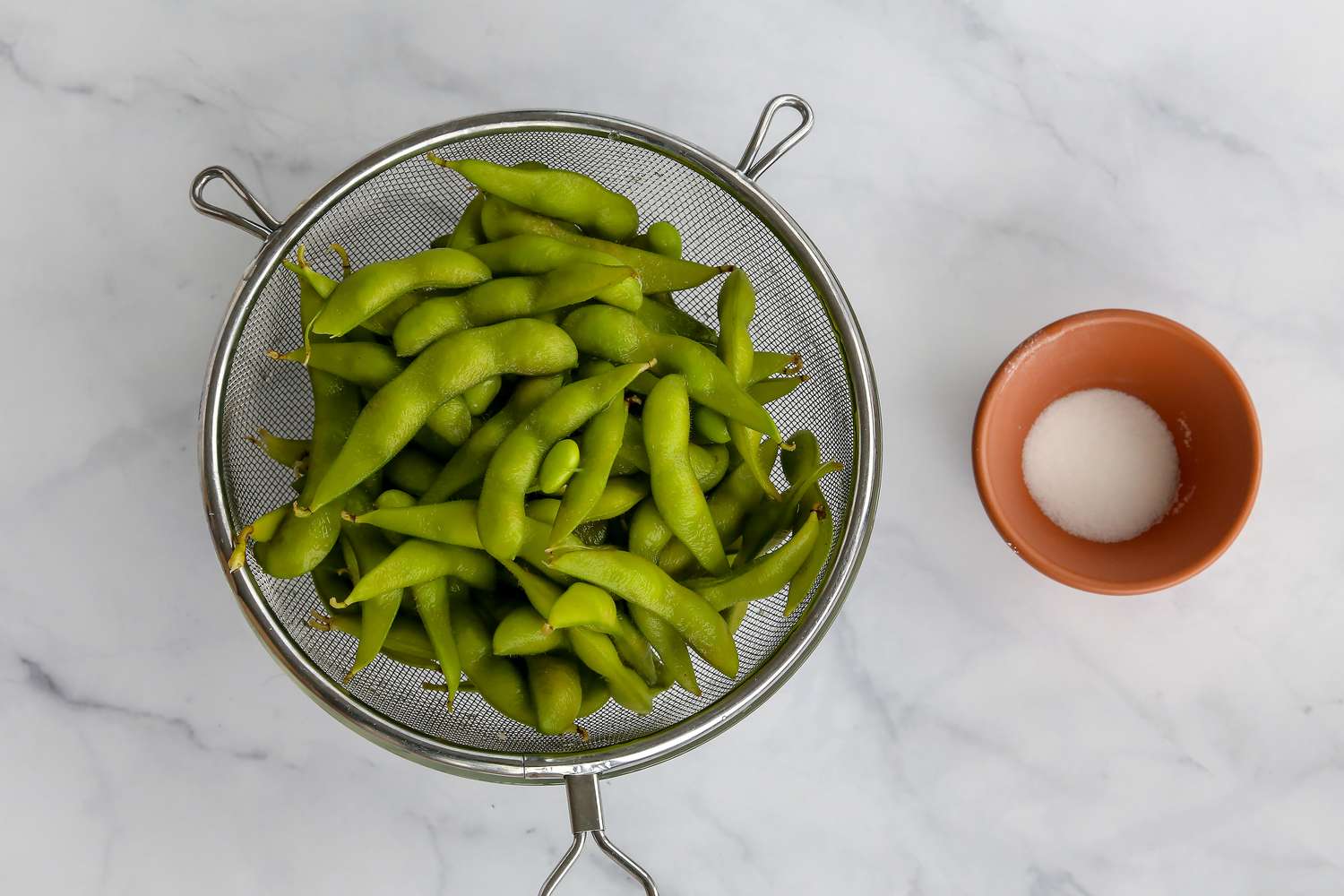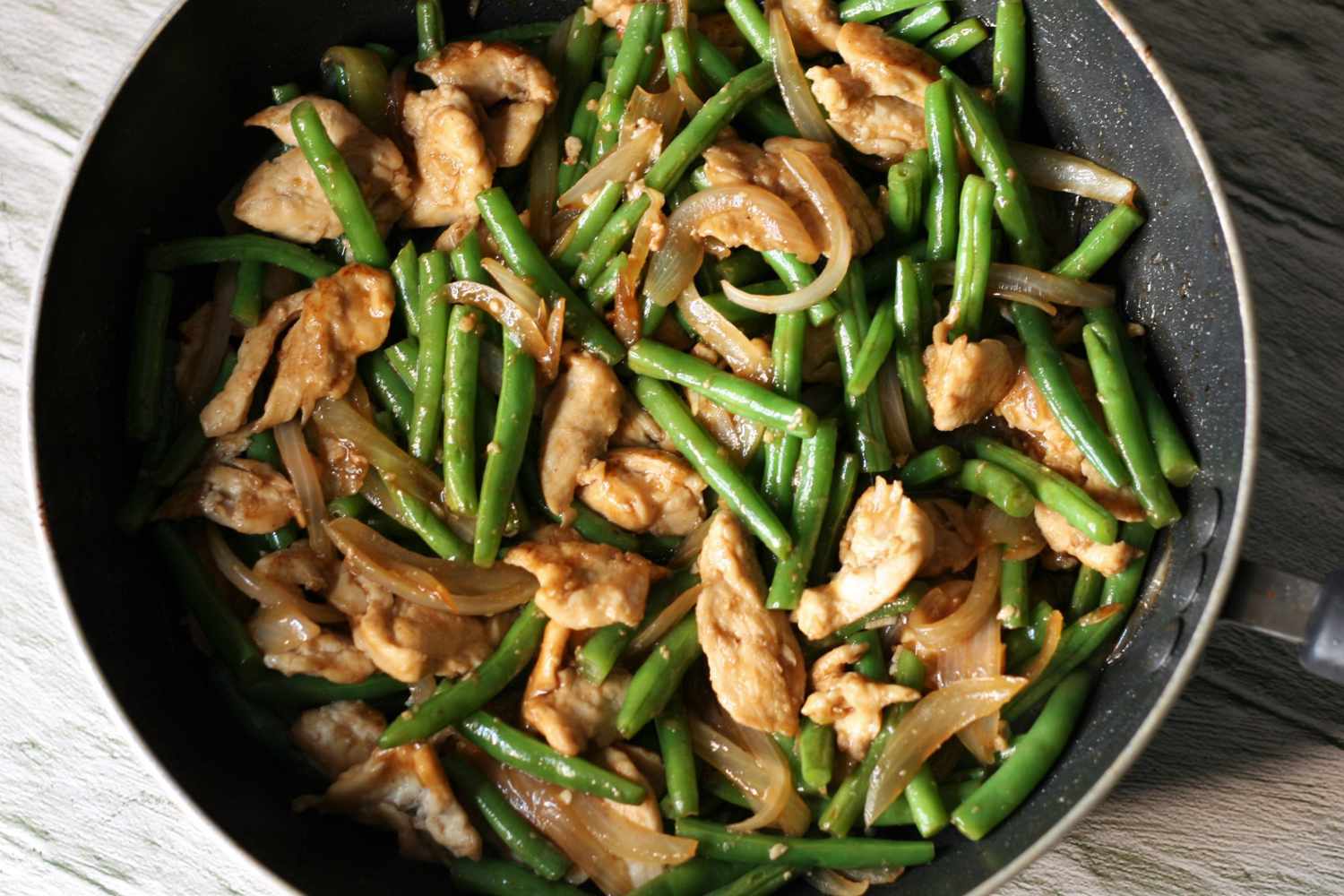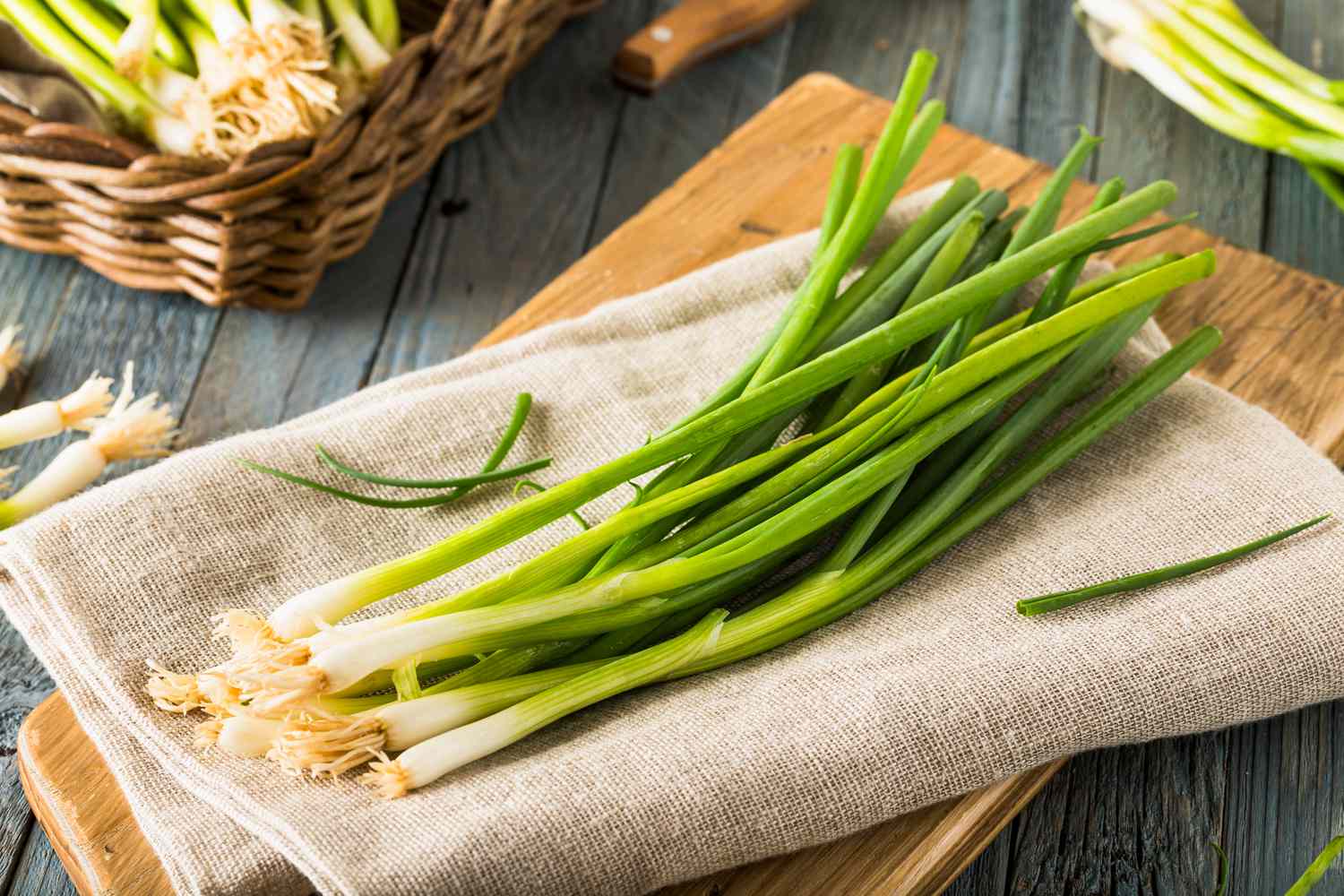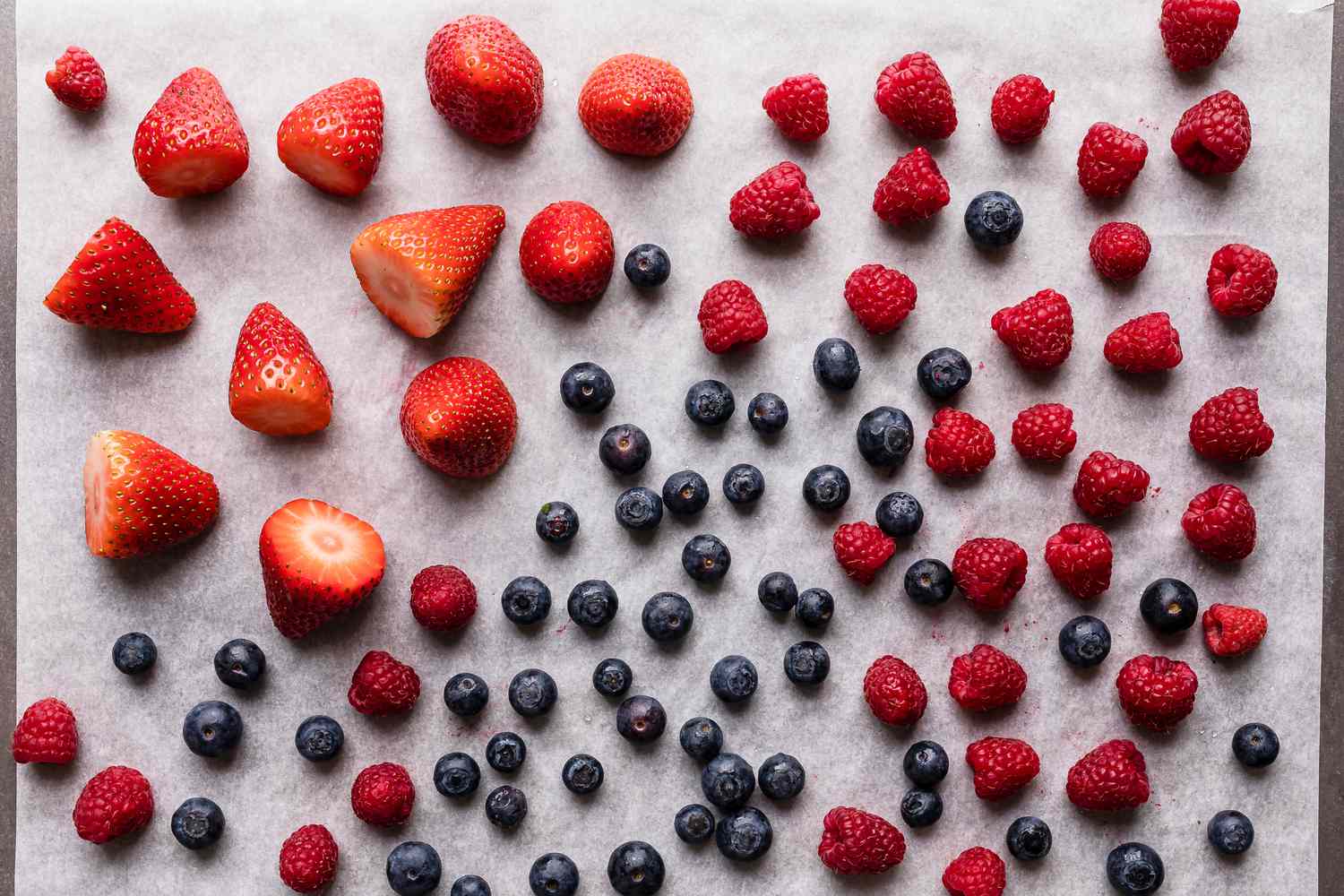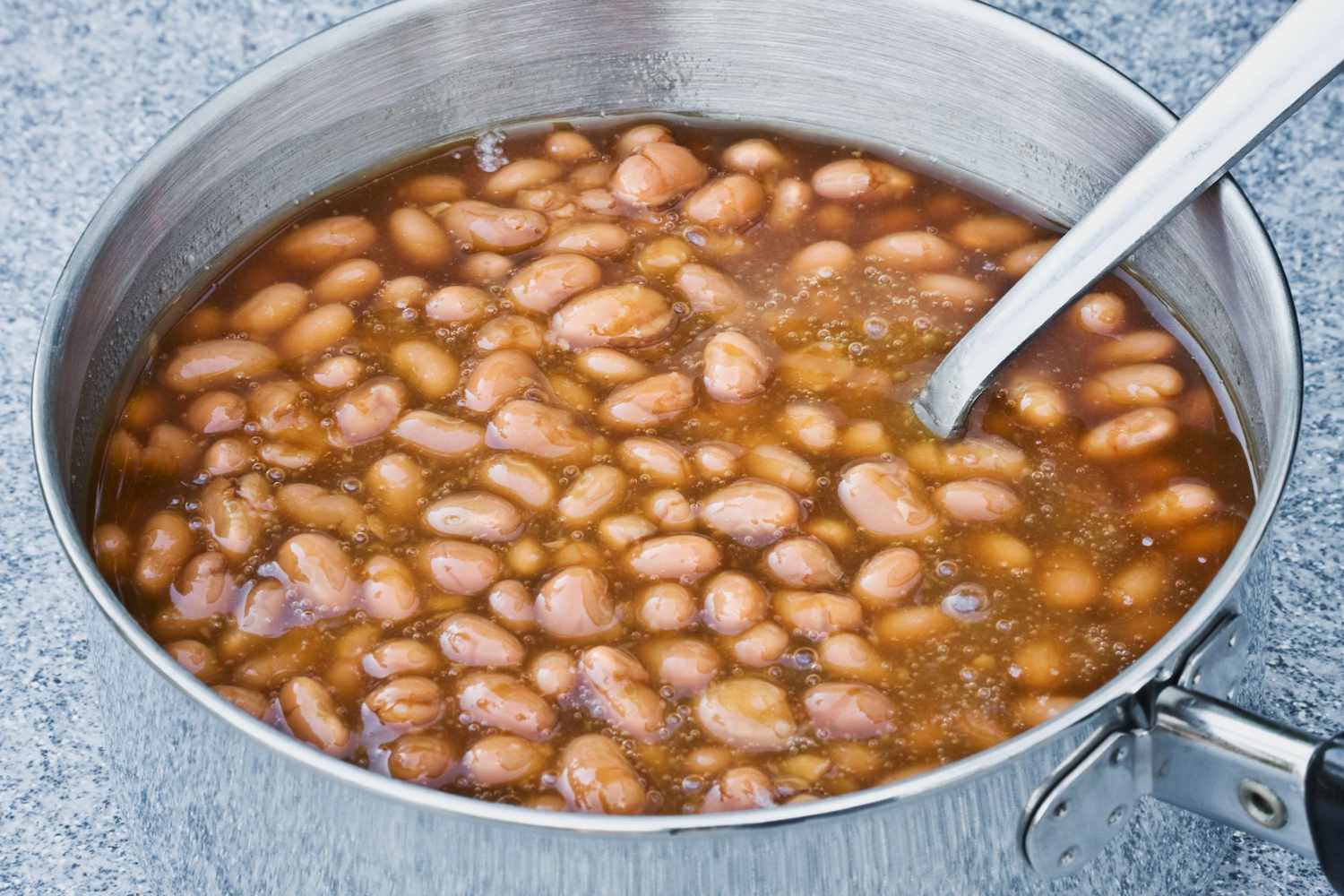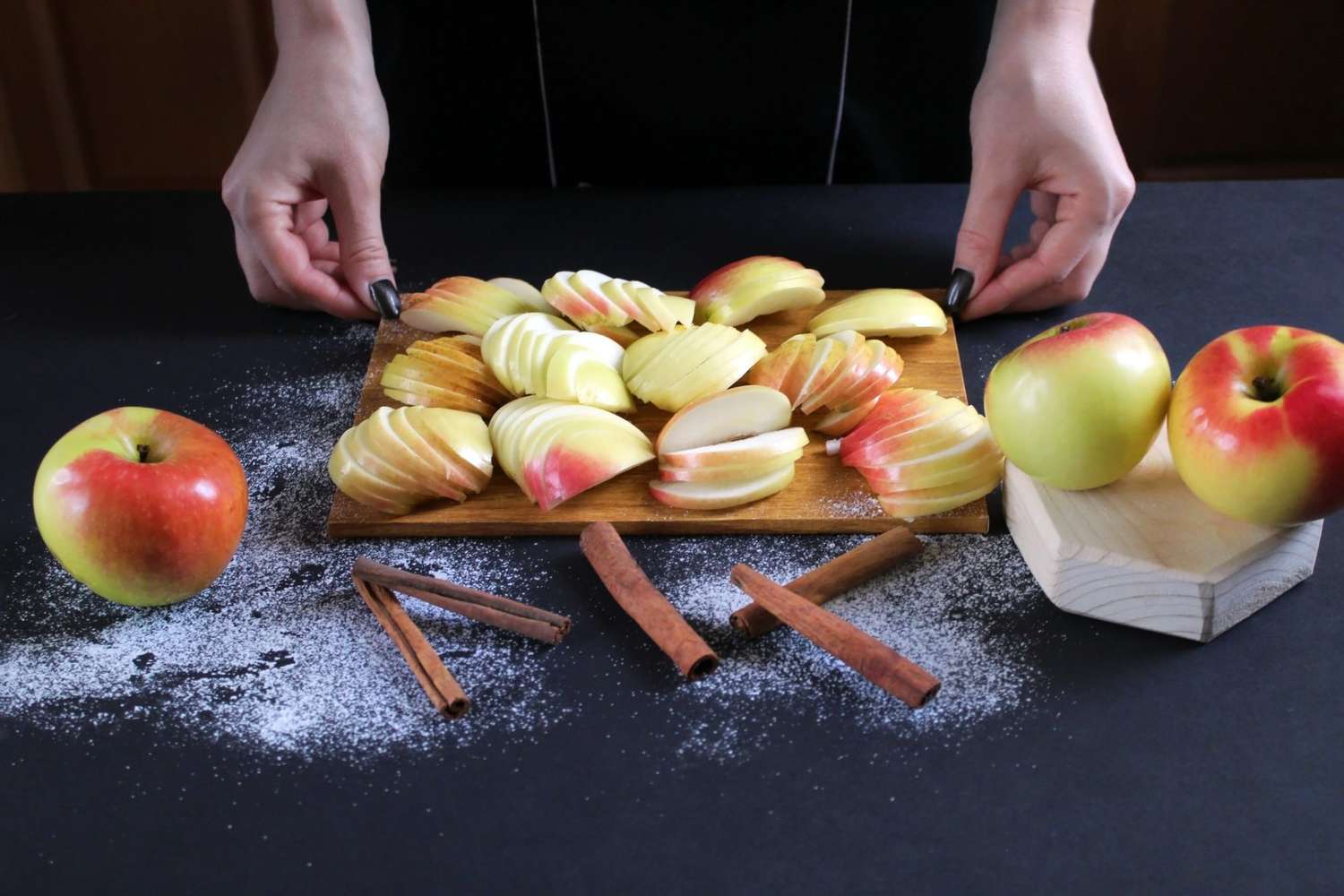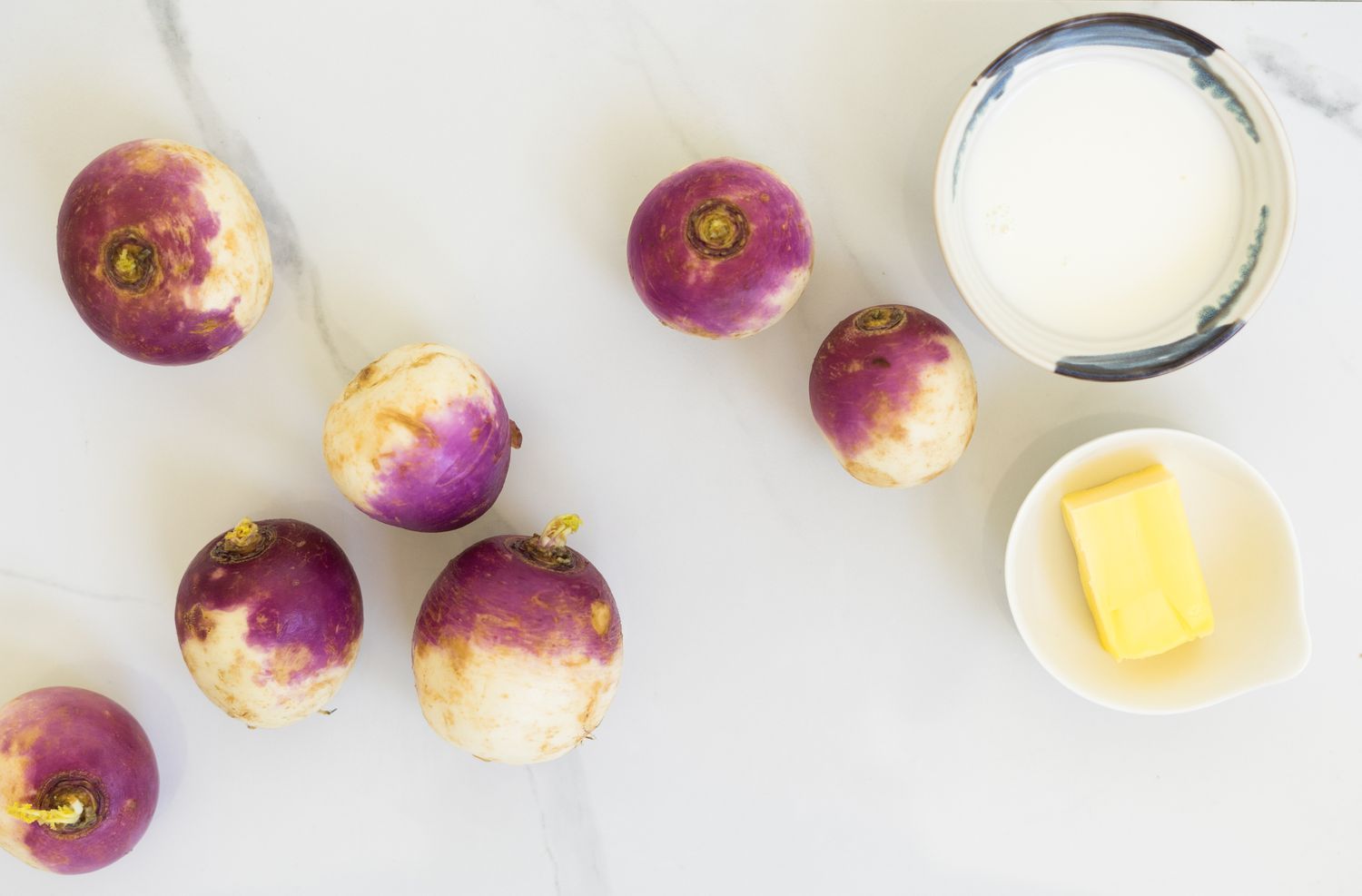Blanching pearl onions might seem tricky, but it's a simple process that can elevate your cooking. These small, sweet onions, perfect for adding a burst of flavor to dishes, require a gentle touch to prepare. Blanching, a quick dip in boiling water followed by a plunge into ice water, makes peeling them a breeze. This technique not only preserves their crisp texture and sweet taste but also makes them more digestible. Whether you're garnishing a stew or preparing a pickling brine, mastering how to blanch pearl onions is a skill worth acquiring for any amateur chef looking to impress.
Gathering Your Ingredients
- Pearl onions
- Water
- Ice cubes
- Salt
Essential Tools for the Task
- Sharp knife
- Cutting board
- Medium saucepan
- Slotted spoon
- Ice bath (bowl filled with ice and water)
- Colander
Blanching pearl onions simplifies peeling. Boil water, add onions for two minutes, then plunge into cold water. Skins slide off easily, revealing smooth, ready-to-use onions for your dishes.
The Importance of Blanching Pearl Onions
Blanching pearl onions simplifies peeling, preserving their crisp texture and sweet flavor. This technique involves briefly boiling then plunging them into ice water, making the skin slide off effortlessly. It's a fundamental kitchen skill that enhances dishes without overpowering other ingredients, ensuring onions contribute just the right touch of sweetness and texture.
This method also helps in maintaining the nutritional value of pearl onions, locking in vitamins and minerals that might be lost during longer cooking processes. By blanching, chefs and home cooks alike can prepare these onions quickly and efficiently, readying them for a variety of culinary uses while keeping their healthful benefits intact.
Your Step-by-Step Blanching Guide
-
Bring a pot of water to a boil: Start by filling a medium-sized pot with water and place it over high heat. Wait until the water reaches a rolling boil.
-
Prepare pearl onions: While waiting for the water to boil, take your pearl onions and trim off the root ends. Make sure not to cut too deeply; you just want to remove the very tip of the root.
-
Score the onions: Next, use a knife to make a small X on the bottom of each onion. This step will help the skins to loosen during the blanching process, making them easier to peel later.
-
Blanch the onions: Once the water is boiling, carefully add your scored pearl onions to the pot. Let them boil for about 30 seconds to 1 minute. You don't want to cook them through, just loosen their skins.
-
Prepare an ice bath: While the onions are blanching, prepare an ice bath by filling a large bowl with ice and cold water. This will be used to stop the cooking process immediately after blanching.
-
Transfer onions to the ice bath: As soon as the onions have blanched, use a slotted spoon to quickly transfer them from the boiling water to the ice bath. Leave them in the ice bath for a minute or two, or until they are completely cooled.
-
Peel the onions: Once cooled, take an onion and gently squeeze it between your fingers. The skin should slide off easily, starting from the scored X. If some skins are stubborn, use a paring knife to help peel them off.
-
Dry the onions: After peeling, pat the onions dry with a clean kitchen towel or paper towels. This step is important to remove any excess moisture.
-
Use as needed: Your blanched pearl onions are now ready to be used in your cooking. Whether you're adding them to a stew, roasting them for a side dish, or pickling, they are prepped and ready for the next step in your culinary creation.
Mastering the Art of Blanching Pearl Onions
Blanching pearl onions might seem like a small step, but it's a game-changer in the kitchen. This simple technique not only makes peeling those tiny onions a breeze but also preserves their beautiful color and enhances their natural sweetness. Whether you're prepping for a fancy dinner or just looking to add some flair to your weekday meals, mastering this method ensures your dishes will have that extra touch of sophistication. Remember, practice makes perfect. So, next time you're in the kitchen, give blanching a try. With each batch, you'll find the process quicker and your dishes more delicious. Happy cooking!
For those looking to put their newfound blanching skills to use, they can try out recipes like Classic Coq au Vin, which is a rich French dish where blanched pearl onions add a delicate sweetness. Pearl Onion and Mushroom Risotto is another excellent choice, combining creamy risotto with the mild flavor of pearl onions. Creamed Pearl Onions offers a comforting side dish that's perfect for any meal. Beef Bourguignon with Blanched Pearl Onions is a hearty stew where the blanched onions perfectly complement the tender beef. And for a touch of sweetness, Honey-Glazed Carrots and Pearl Onions pairs well with any main course, showcasing the versatility of blanched pearl onions.
All Your Questions Answered
Why should I blanch pearl onions?
Blanching makes pearl onions easier to peel, ensuring you're not wrestling with the skins. This method also helps preserve their color, texture, and flavor, making them perfect for adding to dishes where you want a burst of oniony goodness without overpowering other ingredients.
What do I need to blanch pearl onions?
You'll need a pot of water, a slotted spoon, a bowl of ice water, and, of course, your pearl onions. That's pretty much it! Simple tools for a simple process, but one that makes a world of difference in your cooking.
How long does it take to blanch pearl onions?
Typically, pearl onions need about 30 seconds to 1 minute in boiling water. After that, plunge them into ice water to stop the cooking process. Keep an eye on the clock; you don't want them turning mushy!
Can I blanch a large batch of pearl onions at once?
Sure thing, but don't overcrowd the pot. Doing them in batches ensures each onion gets evenly blanched. Overcrowding can lead to unevenly cooked onions, and we wouldn't want that, would we?
Is there a trick to peeling pearl onions after blanching?
After cooling them in ice water, trim off the root end, and give a gentle squeeze. The onion should pop right out of its skin. If not, a small knife can help coax stubborn ones without turning the whole process into an onion-peeling marathon.
How can I use blanched pearl onions in my cooking?
They're fantastic in stews, roasts, or as part of a veggie side dish. Blanching brings out their sweetness, making them a versatile addition to both hearty winter meals and lighter summer fare.
Can I blanch pearl onions ahead of time?
Absolutely! Once blanched and peeled, they can be stored in the fridge for a couple of days. Having them prepped and ready to go is a real time-saver for busy days.
